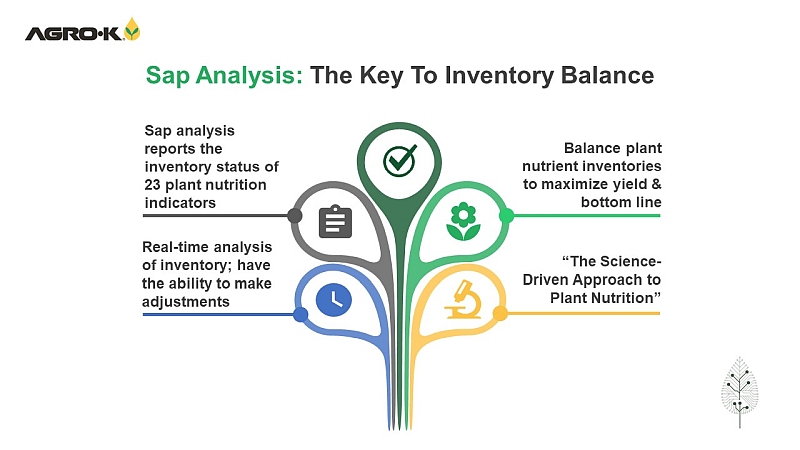Tips To Manage Vine Mealybug

Since its accidental introduction in the 1990s, the vine mealybug (VMB), Planococcus ficus has spread throughout most grape growing regions of California. Mealybug damage includes partial vine defoliation, yield losses resulting from feeding damage, and the promotion of sooty molds and bunch rots. Additionally, VMB vectors the leafroll associated viruses (GLRaVs), which are of great concern in some winegrape regions. Whereas localized eradication attempts have provided a short-term solution to reduce VMB damage, populations of this pest continue to spread. Additionally, eradication attempts have relied heavily on applications of the broad-spectrum insecticide Lorsban (chlorpyrifos, Dow AgroSciences). The result has been dramatic increases in its use in California’s grape growing regions, which could lead to insecticide resistance and secondary pest outbreaks. An IPM program offers greater potential for long-term management, and fosters the creation of a more sustainable program that includes the action of natural enemies for a variety of vineyard pests. Tools of an IPM program include pheromone mating disruption, biological controls, the judicious use of reduced-risk insecticides, and cultural controls such as ant management.
Pheromone Mating Disruption
The female mealybug produces a sex pheromone to attract adult, winged males. In a mating disruption program, a synthetic version of the sex pheromone is applied at high rates, such that confused males become unable to locate and mate with females. Unmated females produce fewer viable eggs, and an altered sex ratio (more males are produced than females). In field trials, we have deployed the synthetic pheromone from standard plastic dispensers, available as Checkmate (Suterra, LLC, Bend, OR), under a Section 18 exemption. These dispensers are typically hung on an inner trellis wire or on the cordon in the fruiting zone.
Dispensers are deployed once per season, at a rate of 250 per acre, and deployment should be timed to coincide with the first significant male flight (May-June). Research trials suggest that while effective at lowering damage from VMB, mating disruption has several limitations: it cannot be used to quickly lower a high-density VMB population (as can insecticides) and it may work best in combination with other management tactics, such as parasitoid releases or an insecticide application.
Natural Enemies
Natural enemies, including predators and parasitoids, are becoming increasingly important in California vineyards. Predators include Cryptolaemus montrouzieri, Hyperaspis sp., Nephus sp. (=Scymnobius), and Scymnus sp., all of which are commonly called mealybug destroyer beetles. Cryptolaemus montrouzieri was imported to California from Australia in 1891 to help control the citrus mealybug, whereas the other species are believed to be resident predators in coastal regions, and therefore more tolerant of cooler winter temperatures. Lacewings have long been associated with mealybugs and can be effective predators of smaller mealybugs; they have a more difficult time feeding on larger mealybugs and eggs. Brown lacewings may be important mealybug predators in spring because they are active at cooler temperatures. Predaceous midges — cecidomyiid flies (another common mealybug predator) — include Dicrodiplosis californica in California vineyards. The adult fly, which is not predatory, deposits eggs in or near the mealybug ovisac. The maggot-like larvae feed primarily on mealybug eggs and small larvae and then drop to the ground to pupate.
Parasitoids found attacking VMB in California include Anagyrus pseudococci, Leptomastidea abnormis, Coccidoxenoides perminutus, and Leptomastix dactylopii. Currently, A. pseudococci is the dominant parasitoid throughout the state. Whereas biological traits may limit levels of natural control, augmentative releases can complement natural populations and provide enhanced rates of control. In experimental trials, 3,000 to 5,000 females per acre per season (May-September) have been released in field plots. In coastal areas, most parasitoids are released during the critical period between June and August. During this period, A. pseudococci populations are naturally at their seasonal peak. VMB tends to be feeding in more exposed locations (on leaves), so it is more vulnerable to parasitism, and there is a window to keep the crop clean of VMB.
Insecticidal Materials
The emergent VMB pest problem has precipitated the registration of a number of reduced-risk, target-specific insecticidal materials for mealybug management, whereas previously registered products were mainly broad-spectrum organophosphates and carbamates. These products include, but are not limited to, Assail (acetamiprid, United Phosphorus), Applaud (buprofezin, Nichino America), Clutch (clothianidin, Arysta LifeScience), Venom (dinotefuran, Valent U.S.A.), Admire and Provado (imidacloprid, Bayer CropScience), Movento (spirotetramat, Bayer CropScience), Actara (thiamethoxam, Syngenta Crop Protection), and a number of insecticidal oils. Proper application of these materials as part of an integrated program can result in satisfactory control of VMB populations. Application timing is critical to the use of a number of these products. Exposed (on leaves) and immature mealybugs are more susceptible to these materials than older or protected (under bark) populations. The effectiveness of systemic, soil-applied products varies by soil type.









